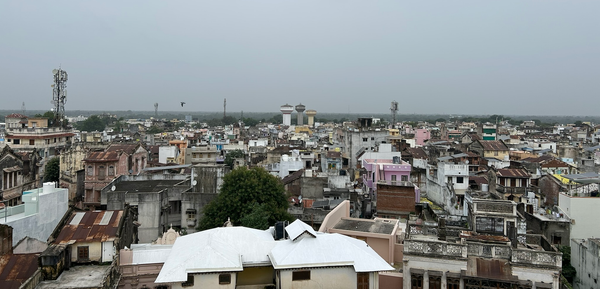What could we do with five million minutes a day?
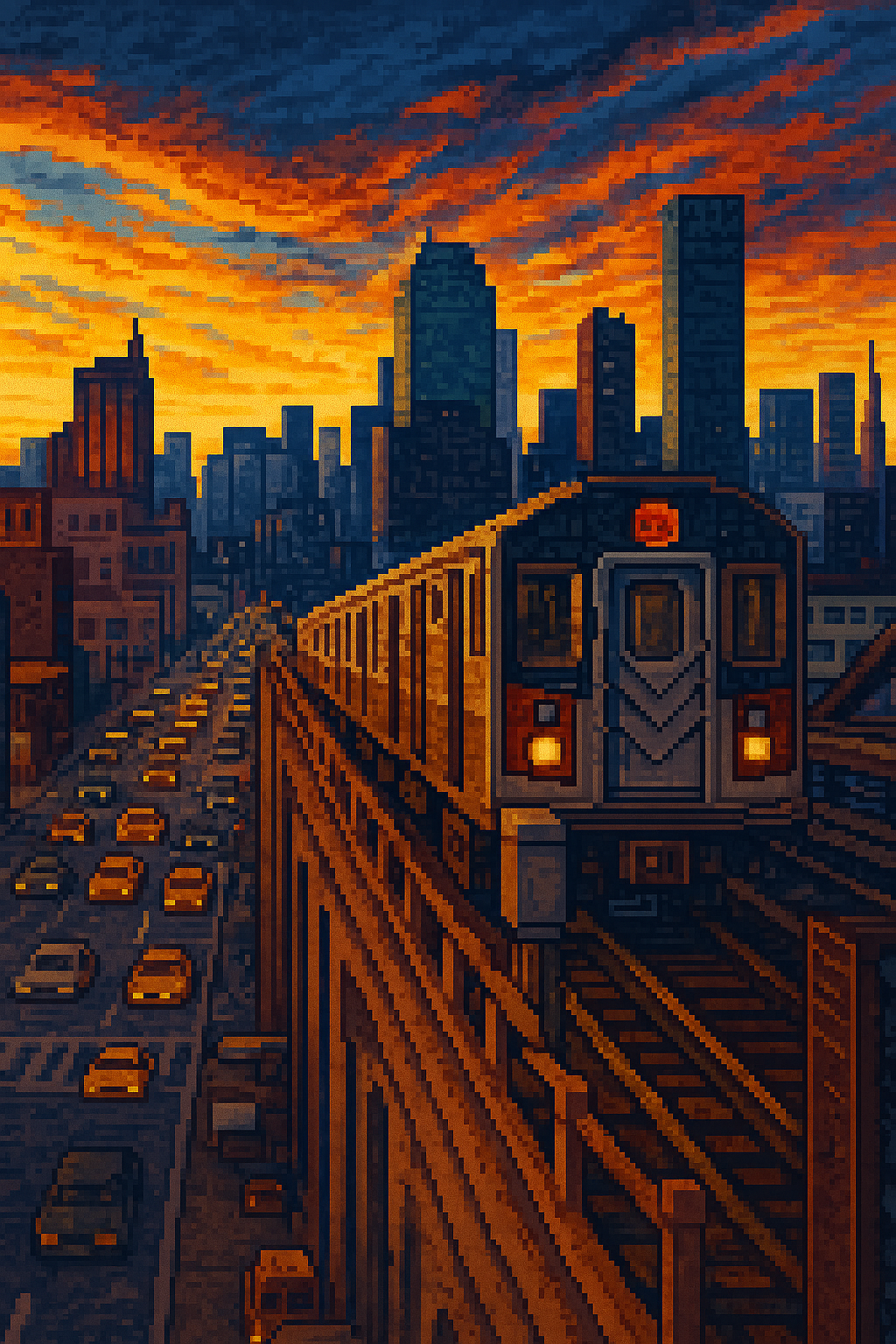
One of my favorite things about New York is its awesome scale. Small changes can make a huge difference. Imagine if we shaved a minute off the morning commute for 2-3 million New Yorkers, and another minute on the way home. Those five million minutes are roughly equal to 40 work years—about what someone can expect to work over their entire life.
Of course, that saved time doesn't have to be used for more work. It's better spent with family and friends, or sleeping a little more.
If we were to tackle this goal, the first question would be: Whose commute are we trying to shorten?
It's not the person who lives in the East Village who walks or bikes to work. It's the commuter living in eastern Queens, Staten Island, or the Bronx, places where people leave home before sunrise to get a head start on the day:
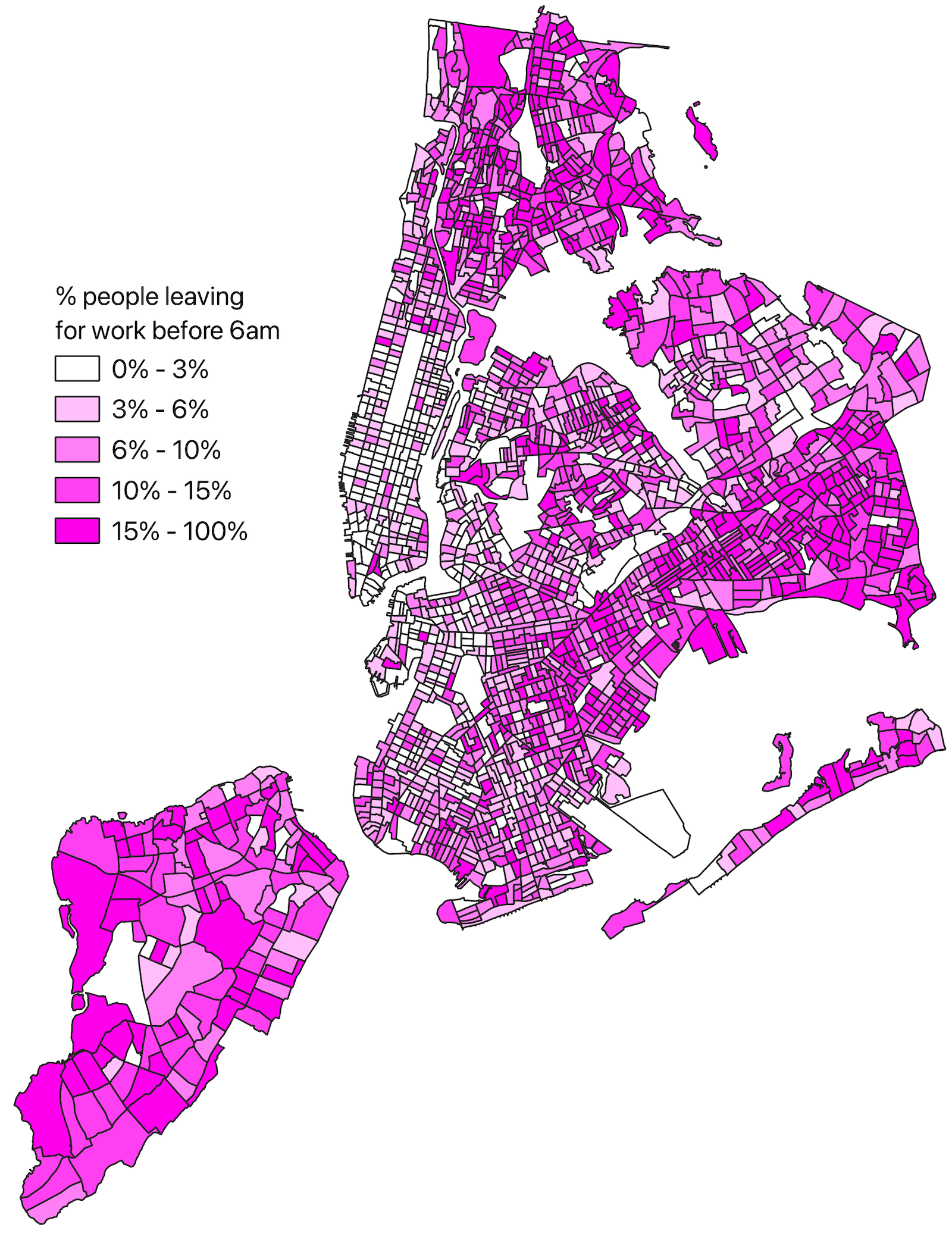
In many of these areas, a third or more of commuters are spending at least two hours per day getting to and from work. And these are the same areas where public transportation is not the dominant mode:
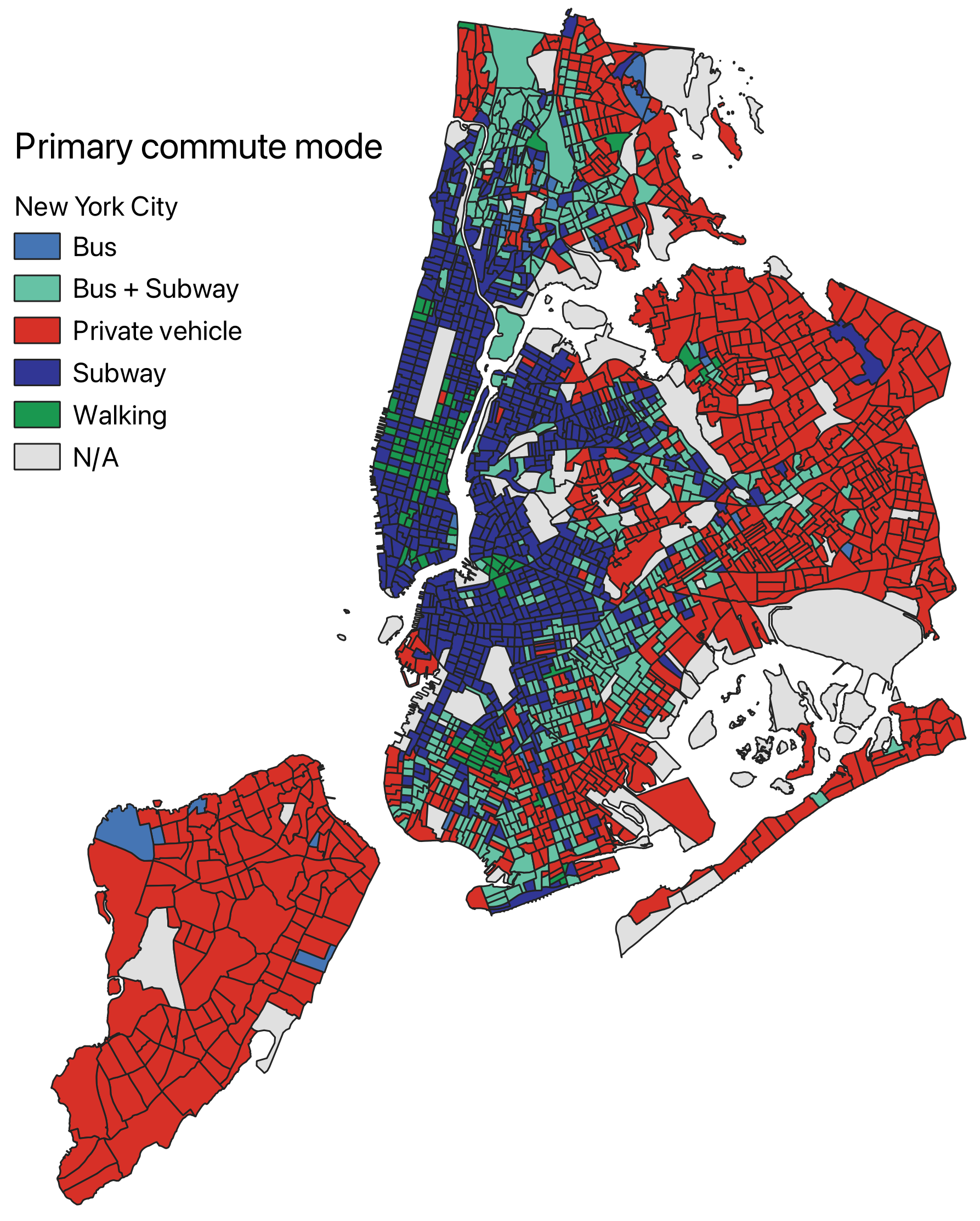
Despite having the most extensive mass transit network in the U.S.—subway, bus, and commuter rail—New York still sees high car reliance outside Manhattan. The reason is simple: our network was designed for commuting into Manhattan. Getting between two points outside of Manhattan often means long trips, multiple transfers, or just giving up and driving.
Most workers in Brooklyn, Queens, the Bronx, and Staten Island don’t commute to Manhattan at all.
Queens is the largest borough by area, yet it has only a handful of subway lines. Many residents live a mile or more from a train. The Bronx and parts of Brooklyn have large transit deserts, making Staten Island the Sahara of transportation.
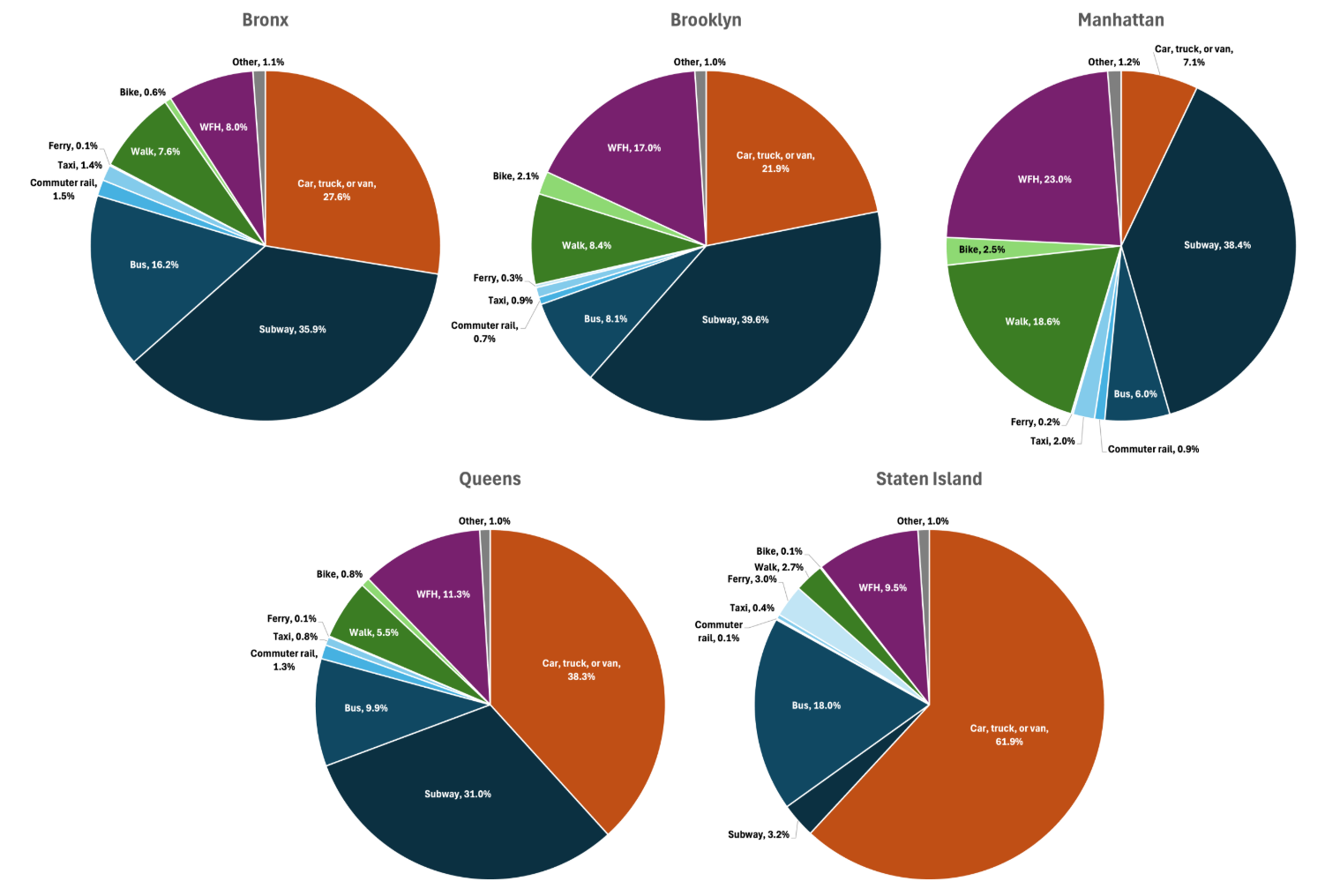
Different parts of New York face different challenges. They need different strategies.
But if we’re serious about reclaiming five million minutes a day—and hopefully many times more—we have to start by making better transit options available to the people who need them most.
Here are three ideas:
- Fast, frequent, quiet buses. Electric buses with all-door boarding and real bus lanes can approach the speed and comfort of light rail. They’re cheaper, more flexible, and can connect more people to the broader transit network.
- Bike-transit integration. Build out bike lanes that lead to major hubs. Add secure bike storage at transit nodes. Make it seamless to combine biking and transit in a single commute.
- LIRR shuttle service. Use existing LIRR capacity within NYC to ease subway crowding and dramatically improve inter- and intra-borough access. For example, shuttle loops between Queens Village and Atlantic Terminal, or between Little Neck and Grand Central or Long Island City, could be branded alongside the subway and bus with fares collecting using OMNY—without exacerbating Penn Station's congestion. Think of it as a New York version of Berlin’s S-Bahn or Paris's RER, both of which use the mainline network for intra-urban service.

New York’s scale is its superpower. Even small improvements add up fast. Starting in the places where we’re furthest behind gives us the biggest bang for our buck.
There’s no single fix. But we don’t need just one. We need better buses. Smarter rail. Safer bike routes. And most of all, an inclusive vision for livable streets that spans the entire city—not just the neighborhoods closest to City Hall.

